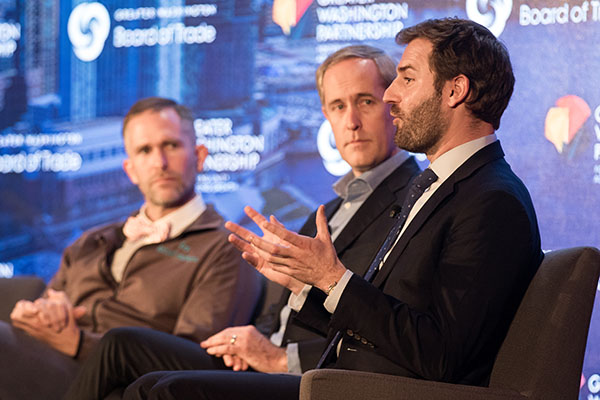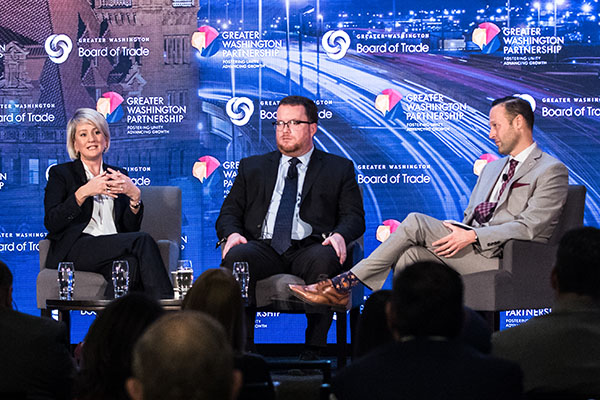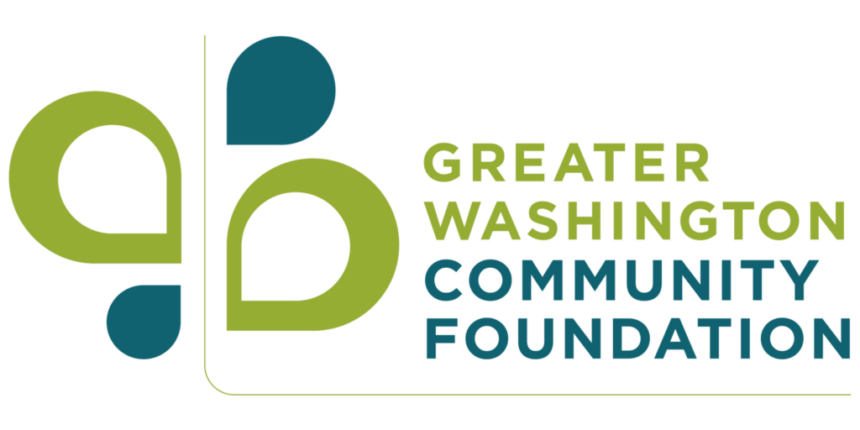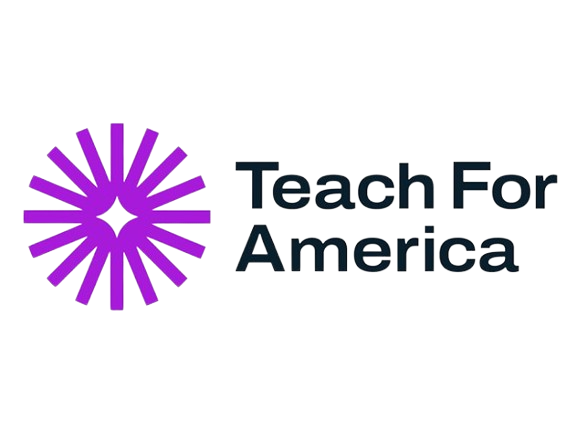Five Big Ideas from the Capital Region Transportation Forum
In late November, the Board of Trade teamed up with the Greater Washington Partnership to host the 2018 Capital Region Transportation Forum. Here are five big ideas from the conversations on stage:
1. You can’t fight poverty without fixing transportation.
Poverty is complex, but according to a study cited by Virginia transportation secretary Shannon Valentine, a family’s ability to rise from poverty is most impacted by their access to transportation. Valentine explained that the area can have world-class schools and abundant jobs, but if residents can’t physically get to them, they will be left behind.
The Capital Region Blueprint on Regional Mobility, released by the Greater Washington Partnership at the forum, claims that residents traveling by transit can get to just 8 percent of the jobs they could get to by car within 45 minutes of their home. That’s not good enough. Greater Washington must treat transportation as a core social issue to reverse longstanding economic inequities across the region.

2. We need to think in systems, not projects.
Building the purple line. Rebuilding the American Legion Bridge. Connecting the VRE and the MARC trains. These are just a few of the large and expensive transportation projects named on stage.
These and other projects are important, but speakers stressed the need for leaders to step back and think of the entire system. This can challenge states’ transportation departments, which are usually “project factories,” according to Pete Rahn, Maryland’s transportation head.
Valentine noted that Virginia is attempting to shift away from a project-based approach in allocating $15 billion of investment. She described looking across all modes of transportation and thinking holistically about connecting high-traffic sites.
But transportation departments can’t work alone. Government agencies responsible for scouting sites for schools, neighborhoods, and other important community amenities need to think ahead about accessibility and, ideally, consult with the department of transportation before breaking ground. Building a school on comparably cheap land that’s removed from bus and Metro lines won’t save the community money in the long-run.
Jeff Marootian, director of the District Department of Transportation, put these new operational models in the context of our changing times, saying, “We need to think about innovation not just with respect to technology but innovation with respect to process.”
3. People want seamless mobility services
Thinking in systems is inherently more customer-centric, especially as travelers and commuters embrace new and mixed modes of transportation. Without thoughtful integration, getting from point A to point B could require several points of payment, access cards, or apps—which can inhibit travelers from pursuing the fastest, most cost-effective, and most sustainable route.
In a panel discussion on innovation and disruption, Uber’s public policy manager, Nick Zabriskie, described a digital overlay that would connect its service to public transportation. Zabriskie acknowledged that a car might not always be the best solution for customers, and a digital interface that displays all option could help users choose the best course.

4. There’s a market for $40 toll lanes
When the I-66 express lanes opened in December 2017, they were met with widespread alarm over $40 tolls at peak rush hour. There were accusations of price gauging and #highwayrobbery trended on Twitter. Many asked, “Who would pay that?”
But a year later, there is a clear market for the express lanes. Jennifer Aument, North America general manager for Transurban, shared that a typical customer is a working parent who uses the express lanes when needed to help manage their busy life. This demographic is more likely than others to use convenience services like grocery home delivery.
Nicholas Donohue from the Virginia Department of Transportation explained that paying a $40 toll won’t be an everyday choice for most people, but it’s an option that people are glad to have when they are in a pinch. (His example was picking his mother-in-law up from the airport!)

If planned correctly, these toll lanes can benefit more than just the affluent drivers who can afford them. The Partnership offers six principles for “performance-driven tolling,” including that revenues be reinvested in the wider transportation network.
5. Public-private partnerships work when everyone plays to their strengths
Partnerships between government agencies, private sector companies, and investors can make it possible to successfully design, finance, and build the infrastructure Greater Washington needs on a much shorter time scale. However, there’s a right and a wrong way to structure a public-private partnership, or P3. The right structure will allow each entity to do what it does best.
Governments are accountable to their citizens and are not profit-driven. Therefore, their role should be to keep the needs of the community at the heart of the project. They should ensure environmental impacts are understood and mitigated, and that the benefits of infrastructural projects are inclusive of the whole community.
The private sector, on the other hand, is often a driving force for innovation and efficiency. That’s why several panelists held the opinion that governments should be clear about the problem they want to solve but let the private sector develop and propose solutions without heavy interference. Gregory Slater of the Maryland State Highway Administration shared that his department received simple but highly effective proposals from the private sector for a $100 million investment in 1-270 by simply asking, “Who can move the most, the furthest, the fastest?” He said, “It’s amazing what you can do when you don’t tell people what to do.”
Become a member today
We need your voice at the table to make Greater Washington a place where everyone can succeed


















